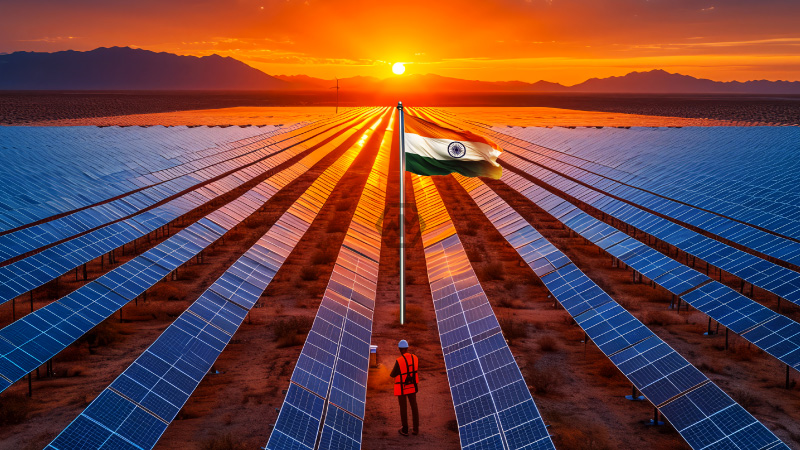- Sun-based energy’s development has outperformed coal fundamentally, highlighting its vital job in changing towards cleaner energy frameworks.
- India‘s excursion in sun-based energy mirrors this worldwide pattern, with sun-oriented age in 2023 outperforming multiple times its 2015 levels.
- This development dragged along China, the US, and Brazil, with the main four nations aggregately liable for 75% of worldwide sun-oriented extension.
As per a report by the worldwide energy think tank Coal, India has outperformed Japan to turn into the world’s third-biggest sun-based power generator in 2023. This critical achievement denotes India’s surprising rise from the 10th spot in 2015, mirroring the country’s purposeful endeavors toward supportable energy improvement.
The Worldwide Power Survey 2024, distributed on Wednesday, offers a complete examination of the worldwide power scene in 2023, drawing from country-level information.
India in the Solar Power Generation
Going with this survey is the world‘s most memorable open dataset on power age in 2023, enveloping 80 nations that address 92% of worldwide power interest, alongside verifiable information for 215 nations.
Underscoring India’s sun-based energy development direction, the report features that India’s sun-oriented age flood in 2023 impelled it past Japan to around the world and secure the third position. Sunlight-based energy represented a record 5.5 percent of worldwide power creation in 2023, with India contributing 5.8 percent of its power from sun-oriented sources, reflecting the worldwide pattern.
As far as sun-powered limit development, India saw the world’s fourth-biggest expansion in sun-oriented age in 2023, with 18 extra Terawatt hours (TWh) of sun-based energy.
Aditya Lolla, Ash’s Asia Program Chief, underscored the quick speed increase of sunlight-based energy, taking note that it stays the world’s quickest developing power hotspot for the nineteenth successive year.
The portion of sun-powered age in India’s power blend expanded from 0.5 percent in 2015 to 5.8 percent in 2023, flagging a significant shift towards environmentally friendly power reception.



